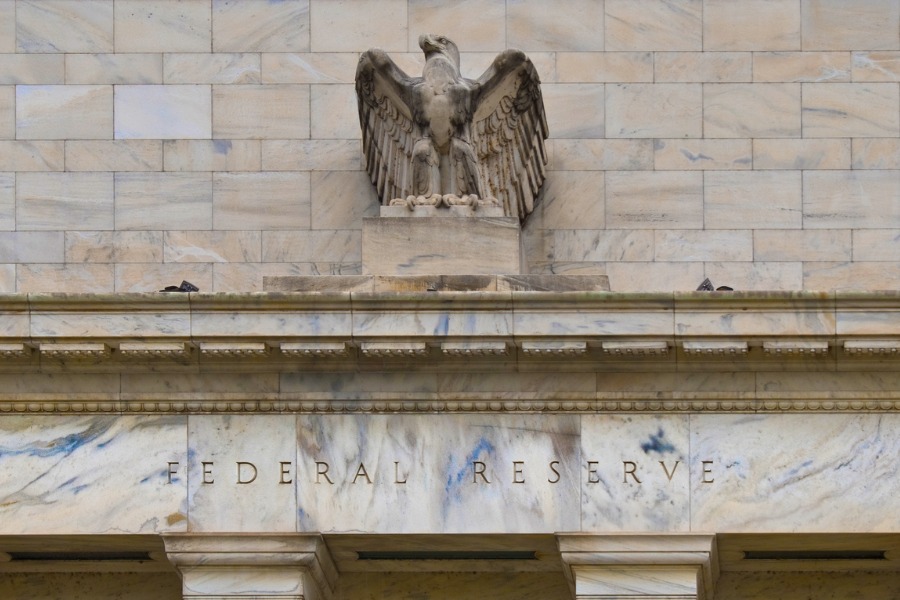

Federal Reserve officials indicated broad support for a careful approach to future interest-rate cuts, according to minutes from their latest policy meeting.
“Participants anticipated that if the data came in about as expected, with inflation continuing to move down sustainably to 2% and the economy remaining near maximum employment, it would likely be appropriate to move gradually toward a more neutral stance of policy over time,” the minutes of the Federal Open Market Committee meeting ended Nov. 7 showed.
The Fed lowered its benchmark interest rate by a quarter-percentage point earlier this month, to a range of 4.5%-4.75%, following a larger-than-usual, half-point reduction in September.
In addition to the resilience of the economy, policymakers also noted uncertainty about the so-called neutral rate, a level of policy that neither restricts nor stimulates economic growth, as a reason for caution.
“Many participants observed that uncertainties concerning the level of the neutral rate of interest complicated the assessment of the degree of restrictiveness of monetary policy and, in their view, made it appropriate to reduce policy restraint gradually,” according to the minutes released Tuesday in Washington.
Officials’ estimates for neutral have steadily climbed over the past year, but just how close rates may be to such a stance remains unclear.
Fed Chair Jerome Powell said earlier this month that the economy is not sending signals policymakers need to be in a hurry to lower rates. Fed officials will gather for their last policy meeting of the year on Dec. 17-18.
The minutes also showed Fed officials are considering a “technical adjustment” to the rate offered for the overnight reverse repurchase facility — a secondary interest rate that influences borrowing costs in the economy.
The minutes showed policymakers saw the downside risks to employment and growth as having “decreased somewhat.” Officials generally noted there was “no sign of rapid deterioration” in the job market.
The employment snapshot for October was muddied by hurricanes and a major labor strike. But the broader picture suggests the labor market is gradually cooling though still on solid footing, with low levels of unemployment and limited layoffs.
On inflation, officials said price growth has eased substantially from its peak but noted the core measure, which excludes food and energy, remains “somewhat elevated.”
“Participants indicated that they remained confident that inflation was moving sustainably toward 2%, although a couple noted the possibility that the process could take longer than previously expected,” the minutes showed.
Investors have pulled back on expectations that the Fed will again cut interest rates in December, following recent firm inflation readings and comments from Fed officials urging caution.
Data due Wednesday is expected to show the Fed’s preferred gauges of inflation picked up in October from a year earlier, according to a Bloomberg survey of economists.
The central bank’s November meeting came on the heels of the re-election of Donald Trump. Trump has proposed fresh tariffs, tax cuts and the mass deportation of immigrants — policies economists say could put upward pressure on inflation.

Post-election poll unpacks expectations around the S&P 500, odds of a correction, and strategies to navigate market risks.

Amid its aggressive global push, lax procedures at the firm led to one-fourth of international accounts being flagged as high-risk for money laundering, according to a 2023 document.

Ages Financial Services had about 60 financial advisors registered under its roof.

The financial industry veteran will be taking over a broad mandate, including developing investment strategies and overseeing multiple groups across Citi's wealth business.

The 25-year industry veteran previously in charge of the Wall Street bank's advisor recruitment efforts is now fulfilling a similar role at a rival firm.
Streamline your outreach with Aidentified's AI-driven solutions
This season’s market volatility: Positioning for rate relief, income growth and the AI rebound
